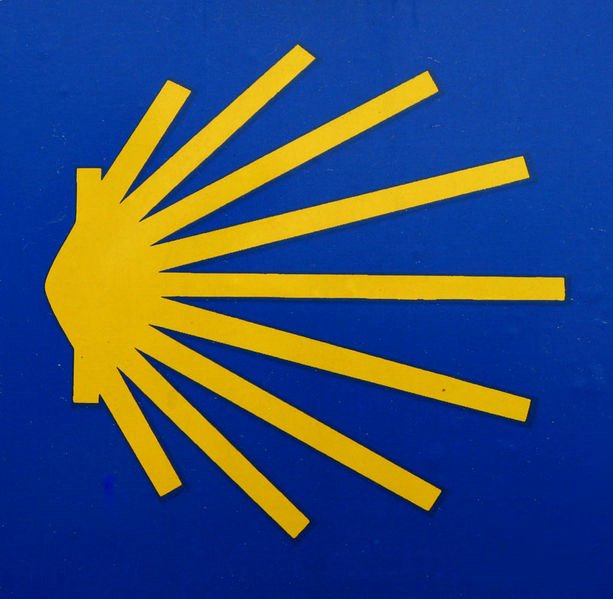Globalism--Conclusions, pt. 2
The Chancellor and the Board at Tarrant County College initiated a program three years ago addressing the need to infuse our classrooms with a greater understanding of the world community. Currently, the campuses are accepting applications from among the instructors for a summer seminar in globalism conducted, appropriately enough, in Salzburg, Austria. The idea is that in order to instruct our students in globalism, the teachers themselves might first develop a broader understanding of the issues concerned.
For more than six weeks, I have been smacked in the face with this critical need--but the need runs in two directions. Increasingly, Americans need to develop a better concept of the world as a community. Additionally, however, the world at large needs examples of Americans who help break the stereotypes that others have constructed about us. Concerning the first issue above, beyond all the historical, literary, personal gains that travel has offered me recently, one clear gift has been a better understanding of those little cultural anomalies that contribute to the national character of the many different people whom I have met. For example, walking is an integral part of many of the cultures whom I encountered. In a previous blog, I mentioned the grandmother from West Cork with whom I walked on the third day of my trek to Santiago. Her habit at home is to walk 15 to 20 km three or four days a week. Most of the Europeans talked of their joy--their need--to reserve a Sunday each week or a weekend a month for a long ramble. I could list a dozen similar cultural habits that separate Europeans from Americans--their ability to make a meal out of a hard baguette and cheese, their love of wine, their casual acceptance of the aged monuments that surround their lives.
But more than these minor cultural elements, no quality stood out more than the Europeans' broader worldview. Their geographical centrality provides them with an opportunity to reach out to other countries and cultures. Interested in my fascination with antiquity, many friends on the trips asked, "Well, you've been to Rome, haven't you?--or Venice?--Florence?--London?--Paris?" They had. These cities were all within easy reach of a train ride or a two-hour flight on Easyjet or Ryanair (the equivalents of our Southwest Airlines). Ads in subways offered $800, seven-day excursions to Egypt and $300 getaways to Moscow. Buses in Leon were plastered with offers of $30, round-trip shopping flights to Africa, and Qatar and the United Arab Emirates enticed travelers with low-cost flights to the world handball championships and tennis tournaments. Europeans have the opportunity to see a world that most Americans only read about but have trouble locating on a map.
These cultural elements are connected to the second issue that I raised--that they need to understand us by close contact. Their perception, for example, is that Americans simply do not like to walk; we are, in their estimate, great lovers of our cars. This perception is so strong that I always met with surprise when I revealed that I was an American. On the trail and in the alberguge, we and the locals played a kind of game that involved guessing nationalities. Just as I or anyone would walk up to a group of pilgrims or Spanish locals and before a word was spoken, someone would always guess a nationality. Time and again, I approached and someone with a knowing smile would say, "Alemania!"--Spanish for "Germany." With my fair skin, blue eyes, and size, that's not a bad guess--especially considering my English/Danish heritage. When that guess failed, the next was almost always that I was Dutch. When I answered a clear, "Nope, try again," they knew they had me--"Canadian!" In six weeks, no one ever guessed American.
On the journey to Compostella, I met hundreds of people; they came from every nation in the European Union and from Russia, South Africa, French Canada, Australia, New Zealand, the former Soviet Union, and Asia. And exactly eight Americans. Europeans have come to expect Americans only at major tourist attractions--and for good reason. The Globalism program at Tarrant County College is an effort that the people of Tarrant County can be proud of helping to sponsor. In order to understand the day-to-day intricacies of being Spanish, Finnish, or French, we need opportunities to walk a mile in their hiking boots.
Tomorrow--five favorite moments.


2 Comments:
Just reading your blog has expanded my knowledge of the world. With any luck, I'll someday turn the vicarious pilgrimage into a real one.
On another note, I'm setting aside some time next week to exhale at the John Singer Sargent murals in the Boston Public Library (http://www.bpl.org/guides/sargentinfo.htm). Buen Sargento!
Safe travels home, Jerry!
- Julie
After nearly six months in Europe, I would have to agree. Americans are generally only seen in 'important' tourist sites, as defined by the guide books they carried.
Post a Comment
<< Home